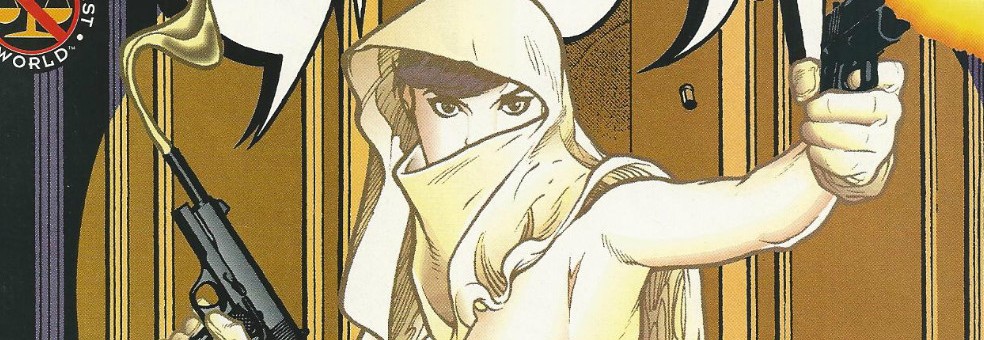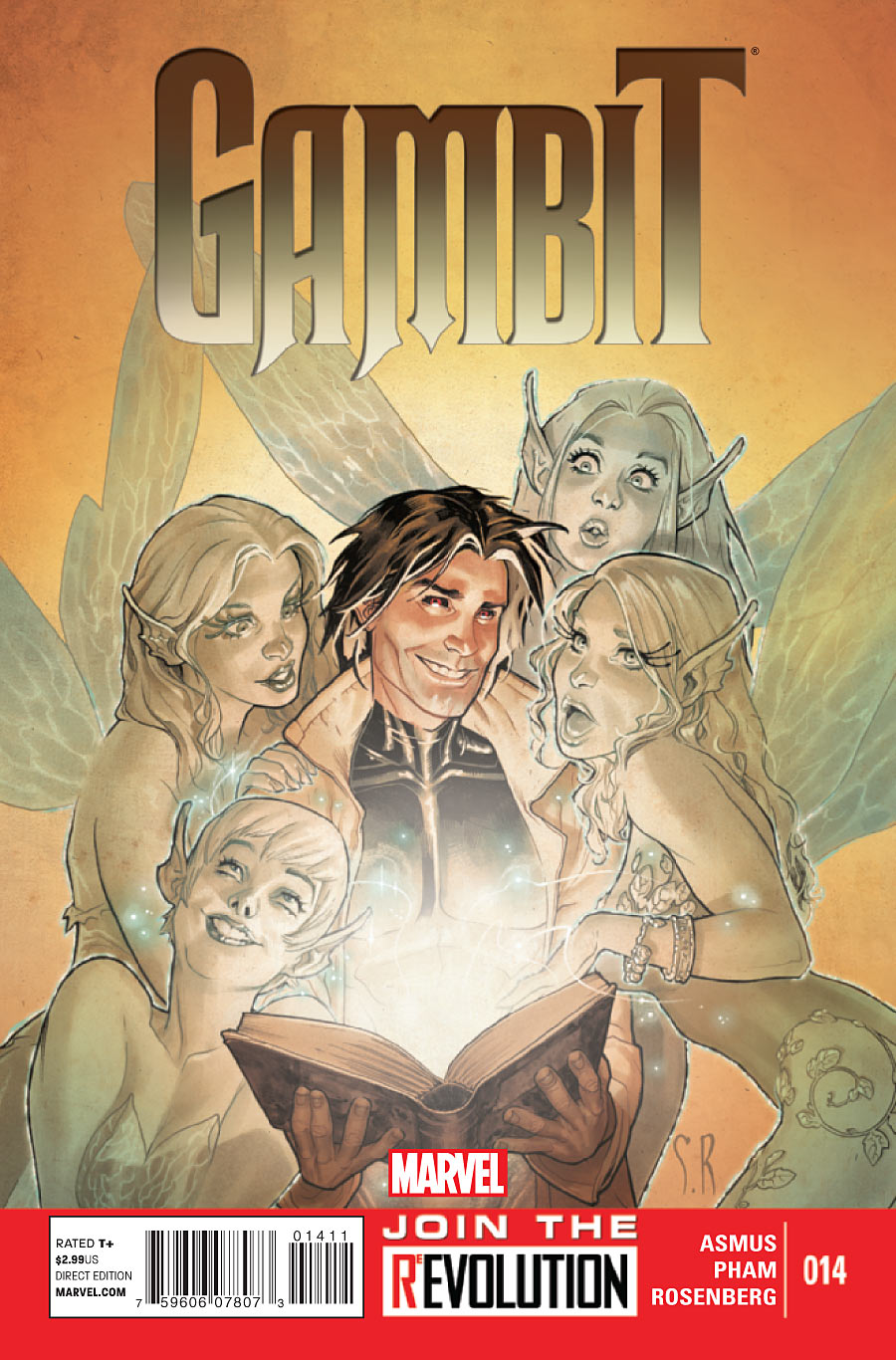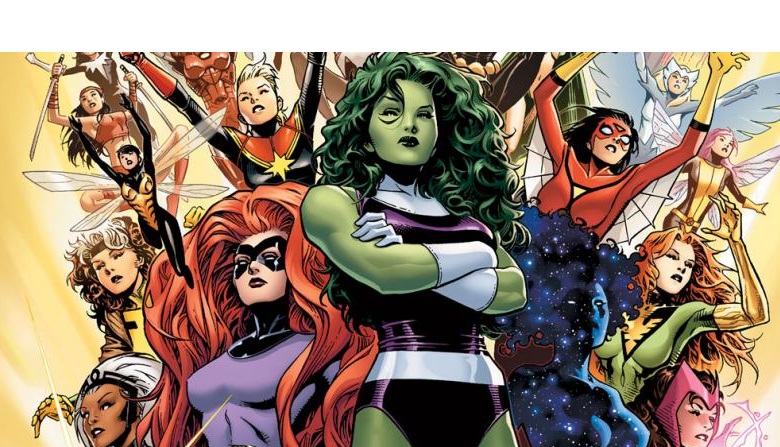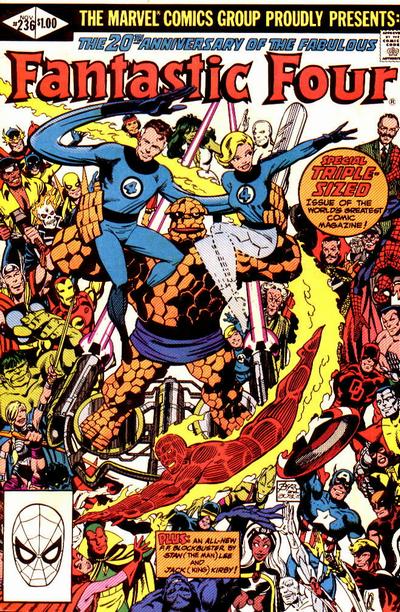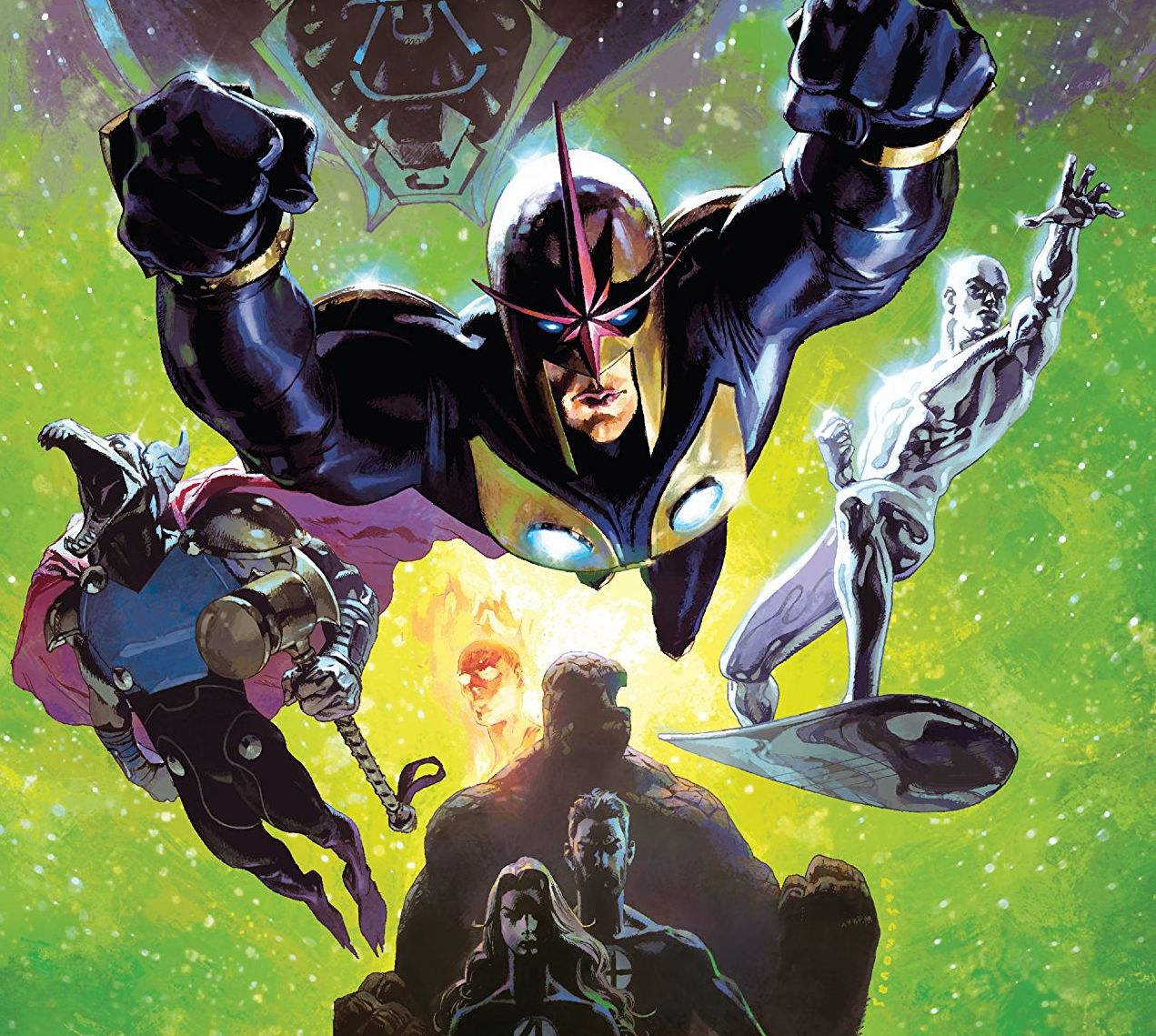Spider-Woman #1
Writer: Dennis Hopeless
Penciler: Greg Land
Inker: Jay Leisten
Colorist: Frank D’Armata
Letterer: Travis Lanham
Review by Courtney Key
Spider-Woman #1, spinning out of the Spider-Verse event, may be one of the most talked-about Marvel titles this year, if for all the wrong reasons. Fans of Jessica Drew can breathe a sigh of relief that the variant cover done by Milo Manara is not reflective of a new, overly-sexualized direction for the character in her new series. Unfortunately, that’s one of the few positives about the first issue of this solo title, which comes tangled in the threads of Spider-Verse and struggles to break free to establish its own identity.
Where Spider-Woman succeeds is with Dennis Hopeless’s characterization of Spider-Woman herself, Jessica Drew. She is presented as a world-weary, been-there done-that superhero reluctantly charged with babysitting the naïve and enthusiastic Silk as they go on the run through alternate universes from the Spider Totem hunters known as the Inheritors, for whom Silk has a special attraction. Her grumpy snark is entertaining but not overdone, and Hopeless knows when to pull back the curtain and show the caring and concern behind Jess’s cynical exterior. I ended the first issue of Spider-Woman liking Jess and wanting to see more of her.
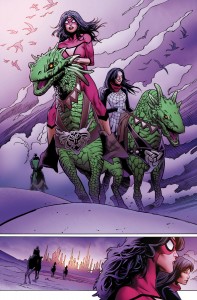
The problem is that I also wanted to see more of her in this first issue. Jessica Drew is strangely sidelined in her own book, as the narrative focuses on the need to protect Silk from the Inheritors. Although the events of Spider-Verse are explained in the introduction, Spider-Woman #1 is so heavily dependent on Spider-Verse, with multiverse Spideys popping up throughout, that it would be very confusing for a new reader to pick up the book without having read what’s going on elsewhere. There are times, too, when the book seems more like a Silk solo title than a Spider-Woman one. Silk provides the catalyst for the book’s storyline and action, and even the ending focuses on her rather than Jess.
Greg Land’s pencils, inked by Jay Leisten, are serviceable, but his art doesn’t add much to the story in terms of conveying individual personalities through body language or facial expressions. The women, in particular, are drawn with nearly identical proportions, facial shapes and features, differentiated only by their costumes. Frank D’Armata on colors does provide some nice moments, particularly when the characters jump to the Prohibition Spider-Man universe, where he uses muted tones that are immediately evocative of the era.
Verdict: Wait and see. At the end of the day, the biggest problem with Spider-Woman #1 isn’t a variant cover controversy, it’s an identity crisis for a solo title with a first issue that reads like a team book. As a Spider-Verse tie-in, it’s fine, and Spider-Verse completists will want to grab it to have the whole story. Readers new to Jessica Drew or who don’t want to make the investment in the other Spider-Verse titles, however, may want to skip it until the event is over and Spider-Woman has a chance to spin a web of its own.



